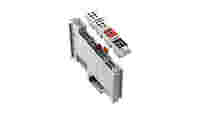KNX® – for Home Automation and Building Technology
KNX® is a uniform, manufacturer-independent communication protocol for intelligently networking state-of-the-art home and building system technologies. The KNX® bus plans and controls energy-efficient solutions for more functionality and convenience while simultaneously reducing energy costs.
KNX® System Features:
- A distributed bus system that allows devices to exchange information directly
- Bus voltage: 24 VDC (+6/-4 V)
CSMA/CA protocol protects against data loss resulting from telegram collisions
Up to 12,000 bus nodes can be connected
Data transmission rate of 9.6 Kbit/s, termination resistors not required






